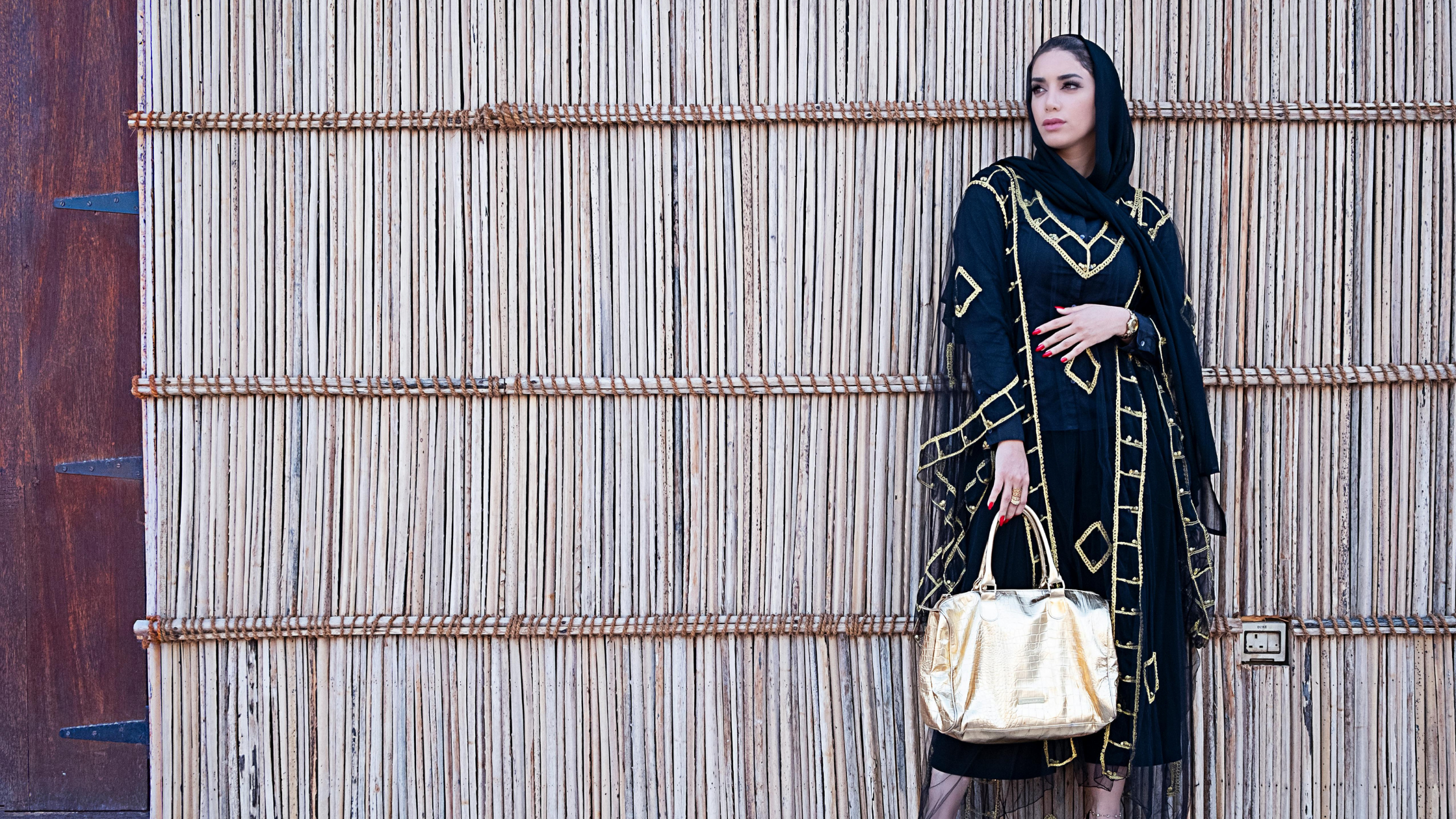AUS Hosts Third UAE Robotics Competition for Student Innovators

The third edition of the UAE Robotics Competition, hosted by the American University of Sharjah, drew participation from top universities across the country. Students competed to build and demonstrate robotic systems that could perform real-world tasks using automation and artificial intelligence, reflecting the nation’s drive toward technological advancement and innovation.
A Hub for Engineering Brilliance
The UAE has steadily carved a name for itself in the global tech and innovation space. With futuristic goals in AI, robotics, and automation, the country is taking conscious steps to nurture homegrown talent. Events like the UAE Robotics Competition are a part of this vision. Organized for the third consecutive year at the American University of Sharjah (AUS), the competition provided a national platform for students to exhibit their knowledge, creativity, and technical mastery.
This event brought the spotlight to the minds shaping the future—young engineers and coders who aren’t just learning about technology but actively building it. The university campus buzzed with excitement, filled with robotic prototypes, software simulations, and teams moving swiftly between testing, reprogramming, and presenting.
Students from Across the Nation
The numbers spoke volumes about the growing enthusiasm for robotics in the UAE. A total of 111 students participated, representing 11 major universities across the Emirates. These students formed 23 multidisciplinary teams, each bringing their own approach to the same fundamental challenge: creating a robotic system that could solve real-life problems through intelligent design.
Students from mechanical engineering, computer science, AI, electrical engineering, and even mathematics joined forces. The diversity of academic backgrounds was a key strength of the event. Each team needed coders, designers, electronics experts, and project managers to build a fully functional robot within the set competition framework.
Robotics with a Real-World Impact
The core idea behind the competition wasn’t just technical demonstration—it was innovation with purpose. Each task given to the teams reflected real-world issues where automation plays a key role: navigating difficult terrains, object recognition, executing commands based on sensor input, or completing repetitive tasks with precision.
For instance, some robots were assigned a path to follow, detect obstacles, and shift their course intelligently. Others had to pick and place items or simulate rescue operations using camera inputs and AI algorithms. These were not just academic exercises—they mimicked challenges industries face today, in logistics, agriculture, manufacturing, and public safety.
Building a Culture of Innovation
Beyond engineering, this competition was about mindset—developing an innovation-first attitude among students. They had to brainstorm ideas, test designs, fail, and iterate again. It’s in this process that real creativity emerged.
The competition created an ecosystem where students learned not just how to build a robot, but how to solve problems creatively under pressure. Teams were limited by time and resources, but what they lacked in materials, they made up for in innovation. The result was a showcase of robots that were clever, functional, and above all, original.
The entire environment fostered curiosity and problem-solving. Whether it was tweaking a line of code, soldering circuits minutes before the final test, or trying to improve sensor accuracy, the focus was always on how to make things better.
Teamwork as a Driving Force
No robot at the competition was the work of a single person. Every system represented hours of collaboration, debate, division of roles, and joint effort. Teams had to rely on one another to meet deadlines, fix unexpected errors, and adjust their strategy on the fly.
This experience of working as a team—under real pressure, with a real goal—offered invaluable preparation for the working world. Students didn’t just develop technical skills. They grew as communicators, collaborators, and leaders. These are the qualities that employers across industries are seeking in tomorrow’s professionals.
Several teams even had designated team leaders, developers, hardware engineers, and documentation heads. The organizational structure mirrored a professional tech project, giving students a realistic glimpse of how interdisciplinary projects are run in industries like robotics, AI, and automation.
Bridging Academia and Industry
The UAE Robotics Competition did more than celebrate student achievements—it helped bridge the gap between classroom learning and industry application. Students were mentored and observed by professionals from academia and the tech industry. This exposure gave participants a chance to receive feedback not just from professors, but also from individuals working at the forefront of robotics and automation.
Such exposure is key to turning talent into impact. The competition allowed students to understand the industry’s expectations, the importance of documentation, the relevance of user interface design, and even cost-efficiency when building robots. These real-world factors are often missed in theory-heavy courses but are essential to technological development in practical settings.
Universities also benefited by recognizing where their programs shine and where they can grow. A competition like this can influence curriculum development and push institutions to invest more in labs, workshops, and hands-on education.
Innovation Without Barriers
A particularly inspiring part of the event was the inclusive and diverse participation. The presence of young women in lead roles—handling software development, system design, and even team coordination—reflected a welcome shift in the gender dynamics of the tech world.
The UAE has been vocal about encouraging women in STEM, and events like this reinforce that mission. They create space where all students, regardless of background or gender, are encouraged to lead, innovate, and succeed. The teams with strong female participation didn’t just match their peers—they often led with standout projects.
This environment of inclusion also contributed to richer, more well-rounded ideas. With diverse minds working together, each robot became a symbol of shared effort and collaborative creativity.
A Spark for the Future
For many students, this competition wasn’t the end of a project—it was the beginning of a journey. Several teams expressed interest in further developing their robots into marketable products or open-source platforms for educational use.
The experience helped participants discover their passion—whether it was AI, machine learning, robotics hardware, or control systems. It also opened up opportunities for research, internships, and entrepreneurial ventures. Some students even hinted at starting robotics clubs on their campuses or mentoring school students to expand the culture of innovation to the grassroots level.
Universities have already started identifying standout performers and encouraging them to apply for advanced research or postgraduate programs. The robotics competition thus works not just as a single event, but as a seed for long-term impact in both academia and industry.
A Nation That Builds from Within
The UAE has made no secret of its ambitions to become a global leader in AI, smart systems, and technology-driven economies. What sets it apart is how seriously it is investing in education, training, and exposure to turn these ambitions into reality.
This competition is a clear reflection of that mindset. It proves that innovation doesn’t always need massive research grants or complex labs. Sometimes, all it needs is a whiteboard, a team of students, a few motors and sensors—and a reason to dream big.
The UAE Robotics Competition showcased what happens when the right environment is provided to the right minds. It gave students a space to create, explore, and most importantly, believe that their ideas matter.







